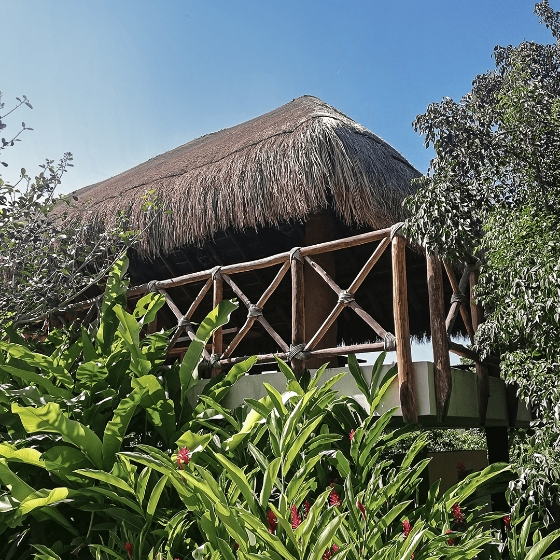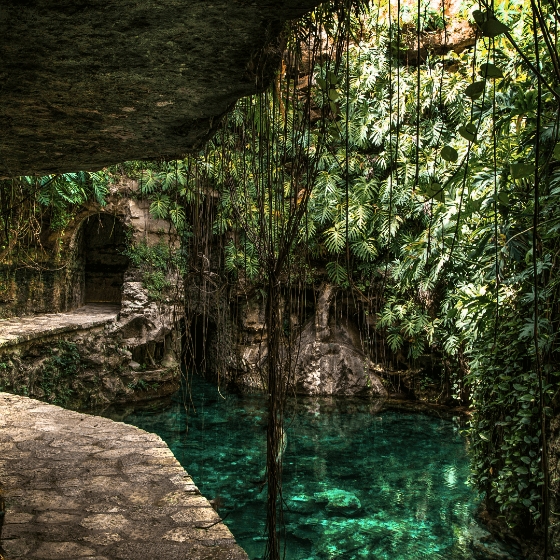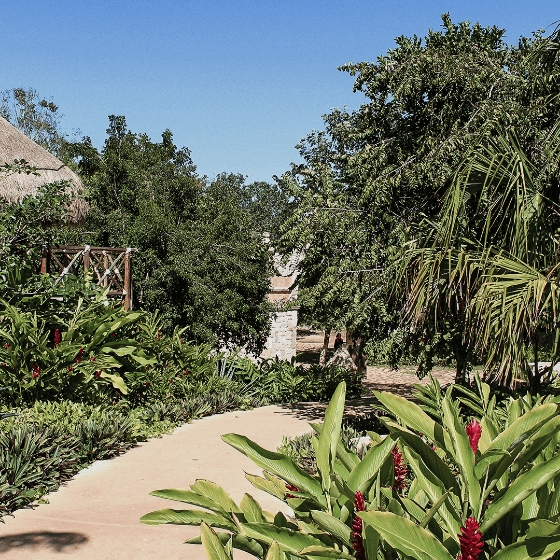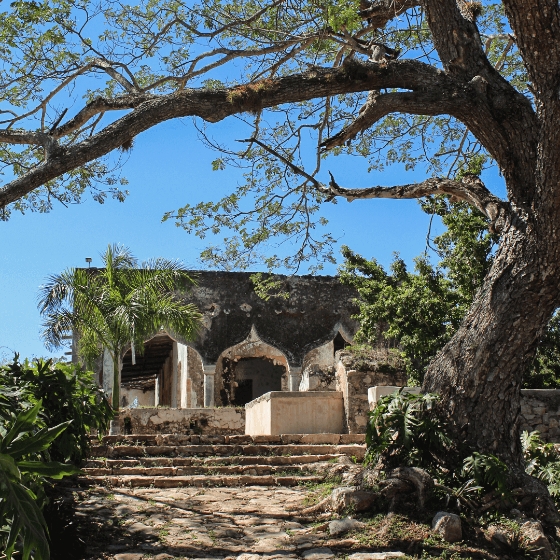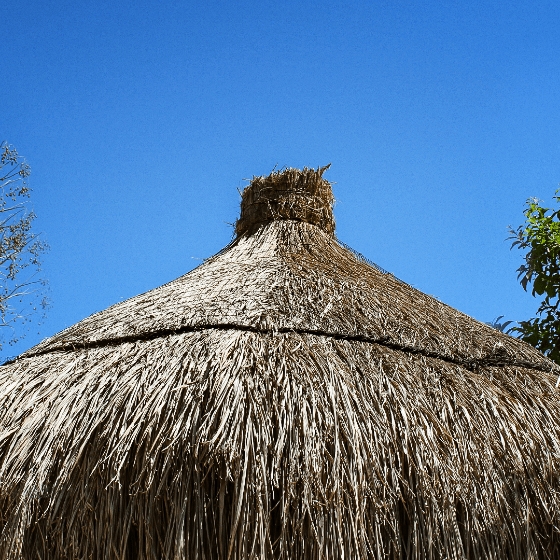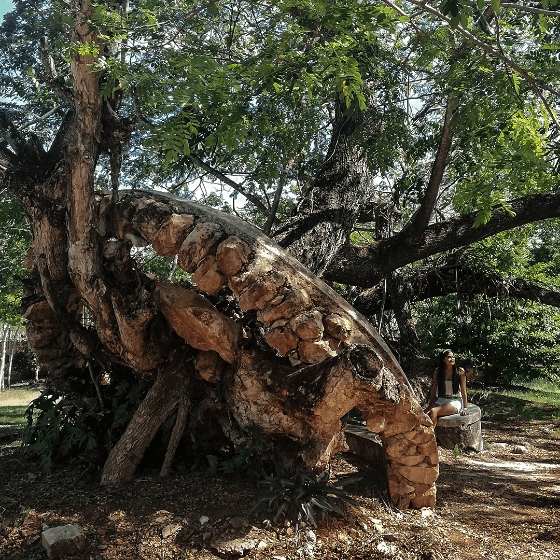
 April 06, 2025
April 06, 2025 |
 Admin
Admin |
The Yucatecan jarana is perhaps the most mesmerizing traditional Mexican dance of all. No one can resist its rhythm, cadence, elegant steps, graceful hand movements, precise execution, and above all, its rhythmic foot stomping.
And as they say, before we start discussing something, we must begin by defining the terms—so here we go. The word “jarana” means noise, commotion, uproar—everything, in essence, related to celebration.
Origin of the Yucatecan Jarana
Back in the 17th and 18th centuries, Creoles and Spaniards living in the peninsula would say “ya empezó la jarana” (“the jarana has started”) upon hearing the first sounds of musical instruments, shouts, and exclamations of popular festivities.
Because of this, the native population came to understand jarana as the music and dances of their celebrations, attributing the word to the regional sones and dances of Yucatán. But that’s just the word—what about the dance itself?
To discover its roots, we must go a bit further back. It is believed that the Yucatecan jarana closely resembles the Spanish jota, especially in how it is danced, while other experts, such as Baqueiro Foster, claim that the Yucatecan jarana is a “great-granddaughter” of the Spanish fandango.
Instruments and Attire in the Yucatecan Jarana
According to the blog musicaenmexico.com.mx, musically speaking, the Yucatecan jarana is the result of combining indigenous sonecitos (little songs) with elements derived from popular music. The instruments typically used by orchestras to perform jarana music include clarinets, two trumpets, two trombones, a güiro, and timbales.
Now, let’s talk about the traditional attire worn for the jarana. While there isn’t a strict dress code, it is customary to wear the typical Yucatecan hipil, a formal terno (traditional embroidered dress), white shoes, and the Santa María shawl.
Yucatecan Jarana: A Dance that Survives Time
This is where we should pause and reflect on why both the music and dance of the Yucatecan jarana have survived to this day—not weakly, but with great strength.
One explanation is that its rhythm is fast and joyful, generally written in a major key, making it highly appealing both visually and aurally. Added to this are the bombas—short, cheeky rhymes recited during the performance of the music and dance. For example:
“I wish I were a little shoe for your tiny foot, to see now and then what the shoe gets to look at…”
“The baker’s wife is looking for a partner, because they say her husband no longer tends to the business…”
“I wish mothers-in-law would turn into lizards, so they’d run into the forest and I could stay with their daughters. ¡Bomba!”
Types of Yucatecan Jarana
There are at least two types of Yucatecan jarana dances. The first is the 3/4 time, which is more closely related to the Aragonese jota because of its slow and rhythmic sound. The second is the 6/8 time jarana, which features a much faster and more energetic rhythm.
A common element in this folk dance is the use of almudes, small wooden boxes that were once used to measure seeds and grains like beans, rice, and barley. These were brought to the Yucatán Peninsula by Arab merchants.
Whether danced in 3/4 or 6/8 time, jarana dancers—called mestizos (men and women)—perform several tricks, especially the “charolas,” where they balance trays on their heads with bottles of beer and glasses, all while maintaining perfect equilibrium throughout the dance.
Source: México Desconocido


Visit a unique beauty of a nature wonder in the south of Yucatan in the municipality of Abalá, Yucatán.

|
What are stalactites and stalagmites?
 August 16, 2024
August 16, 2024 |
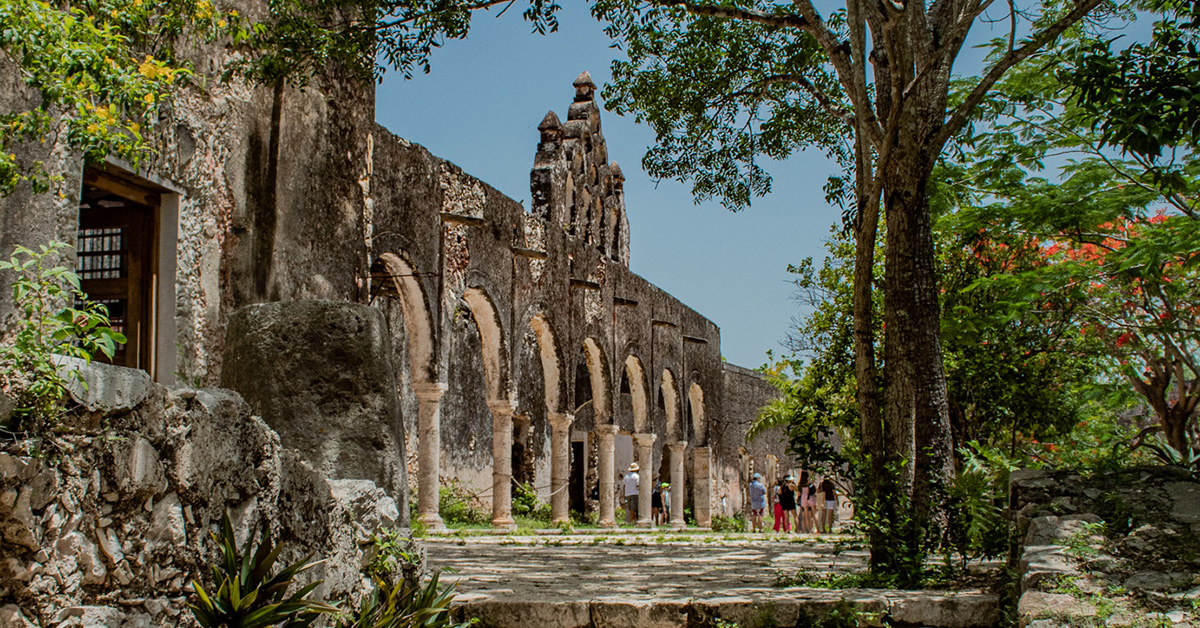
|
Haciendas of Yucatán, a Journey Through Time to the Peak of Mexico's Henequen Boom
 June 18, 2024
June 18, 2024 |

|
Cenotes in Yucatan. What an adventure!!!
 September 09, 2019
September 09, 2019 |
